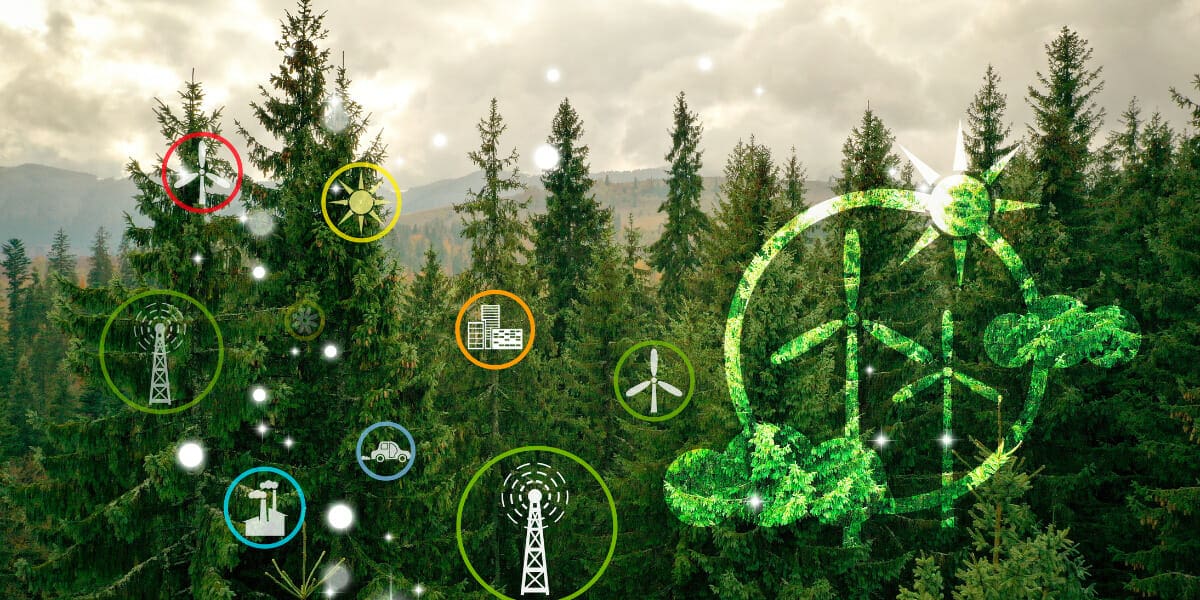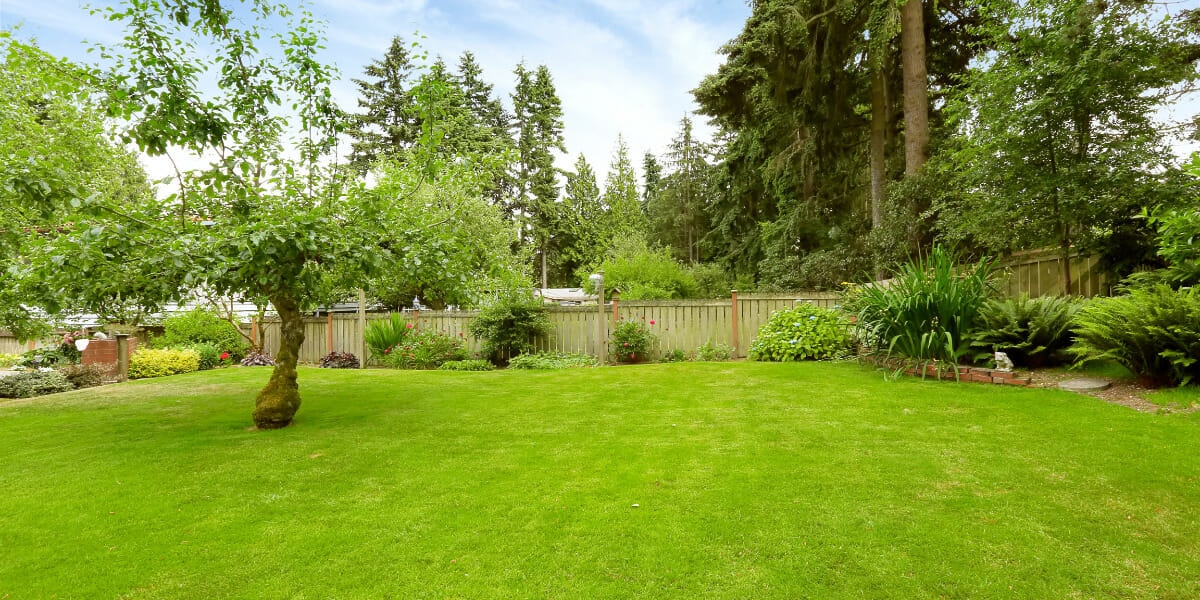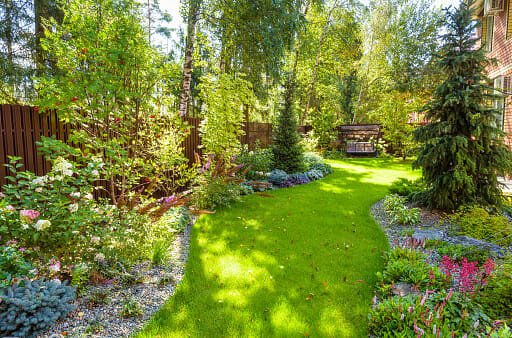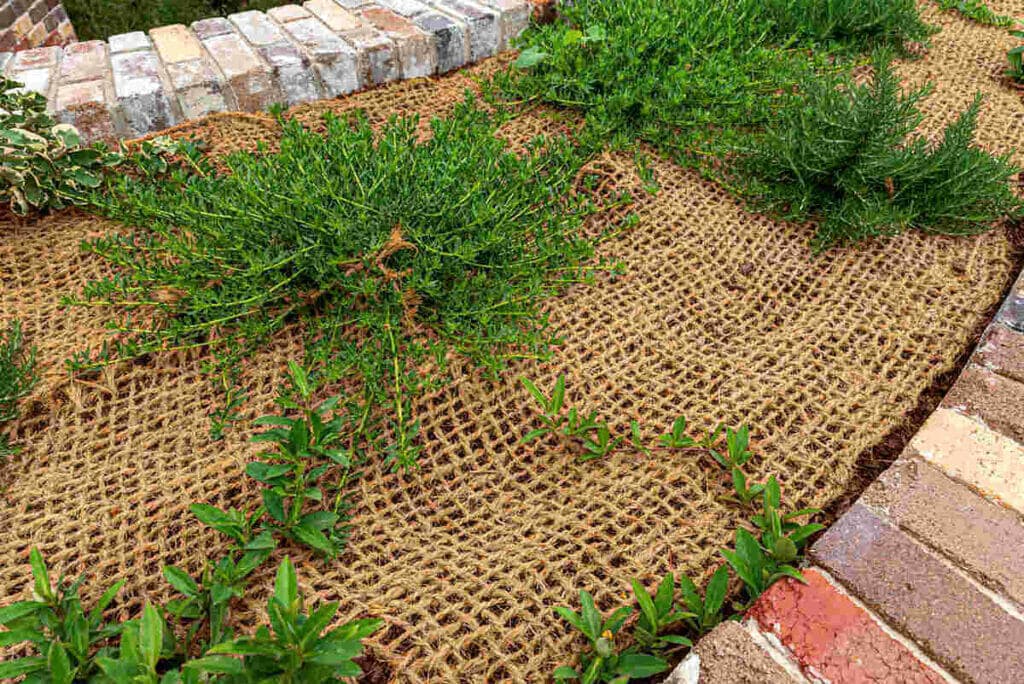Innovations in Landscape Design: Pioneering a Sustainable Path for Environmental Conservation
Landscape design, often perceived as an artistic endeavor, encompasses the thoughtful planning and arrangement of outdoor spaces to harmonize nature with human needs and desires. Its importance extends beyond aesthetics, as it is a powerful tool for environmental conservation. This blog post explores the profound influence of landscape design on our natural world and its critical role in preserving the environment.
At its core, this article contends that landscape design is not merely about creating visually appealing gardens and parks but is instrumental in safeguarding our ecosystems. Throughout the subsequent sections, we will delve into the multifaceted aspects of this argument. We will examine how sustainable design practices can mitigate habitat loss, support biodiversity, conserve water resources, and combat climate change. Furthermore, we will explore the relationship between landscape design and human well-being, illustrating how thoughtful planning can enhance our quality of life while contributing to the protection of the planet. In doing so, this blog post underscores the pivotal role landscape design plays in shaping a sustainable and harmonious coexistence between humanity and nature.
Understanding Landscape Design
Landscape design is the art and science of planning and arranging outdoor spaces to create functional, aesthetically pleasing, and harmonious environments. Its primary objectives are to enhance the natural beauty of a site, improve its functionality, and provide a connection between people and their surroundings. Landscape design also addresses environmental concerns, such as sustainability and conservation, while considering the needs and desires of the space’s people.
Various elements constitute landscape design. Plants play a crucial role in adding color, texture, and life to a landscape, while hardscapes, including pathways, walls, and structures, provide structure and functionality. The layout encompasses the arrangement of these elements to optimize the use of space, control traffic flow, and create focal points. Other aspects like lighting, irrigation, and drainage systems are essential components that ensure the landscape functions appropriately and remains visually appealing over time.
Landscape design has evolved over centuries, influenced by cultural, historical, and environmental factors. Ancient gardens in Mesopotamia and the hanging gardens of Babylon exemplify early landscape design, focusing on aesthetics and irrigation. The Renaissance saw a resurgence in interest, emphasizing symmetry and classical aesthetics. In the 18th and 19th centuries, landscape design began to embrace naturalistic principles, as seen in the works of Capability Brown and Frederick Law Olmsted. Today, contemporary landscape design combines aesthetics with sustainable practices and user-friendly functionality, reflecting a broader awareness of environmental concerns and the importance of green spaces in urban planning. This evolution highlights the ongoing pursuit of balancing beauty and practicality in landscape design.

The Environmental Impact of Landscape Design
Landscape design plays a pivotal role in shaping the environment we inhabit. From residential gardens to urban parks and commercial spaces, the choices made in landscape design can significantly impact the natural world.
- Landscape design choices encompass various elements such as plant selection, hardscape materials, and layout. Opting for sustainable and eco-friendly materials can reduce carbon footprints, while thoughtful plant choices can enhance the local ecosystem. Non-native invasive species, for instance, can disrupt the balance of local flora and fauna.
- Native plants hold a central role in sustainable landscaping. They are adapted to local climates and require fewer resources, such as water and fertilizers. Incorporating native plants enhances biodiversity by providing habitats and food sources for local wildlife. This promotes a healthier ecosystem and reduces the need for chemical interventions.
- Water conservation is critical in landscape design. Xeriscaping, a practice involving drought-resistant plants and minimizing lawn areas, can significantly reduce water usage. Efficient irrigation systems, like drip irrigation and smart controllers, further contribute to water conservation by delivering water precisely where and when needed.
- In urban environments, green roofs and living walls offer many benefits. They mitigate the urban heat island effect, reduce energy consumption by insulating buildings, and improve air quality by capturing pollutants. Additionally, these green installations provide urban residents access to green spaces, promoting mental well-being and overall quality of life.
In summary, landscape design choices wield a profound influence on our environment. Embracing sustainability through native plant selection, water conservation, and innovative green installations is crucial to mitigate the environmental impact and create harmonious, ecologically responsible landscapes.
Energy Efficiency and Climate Considerations
Landscape design plays a pivotal role in enhancing energy efficiency in homes and buildings by carefully planning the layout of outdoor elements. Thoughtful placement of trees, shrubs, and other vegetation can provide natural insulation as a barrier against heat loss during colder months and reduce the need for artificial heating. Similarly, well-placed greenery can be a natural shield against the sun’s harsh rays in warmer climates, lowering cooling demands and reducing energy consumption.
Trees are champions when it comes to reducing energy consumption for cooling. They provide shade, reducing the direct sunlight penetrating windows and walls. Shading from trees can reduce indoor temperatures by several degrees, lessening the reliance on air conditioning systems. Moreover, the process of transpiration through leaves can further cool the surrounding air, creating a microclimate that helps maintain comfortable indoor temperatures.
In colder climates, windbreaks created by strategically planting trees and shrubs can protect against harsh winds. This reduces heat loss from homes and minimizes the energy needed for heating. Windbreaks can create a more temperate microenvironment around buildings, making them less susceptible to extreme cold and reducing the overall energy demand.
Landscape design also plays a crucial role in mitigating the urban heat island effect, where urban areas experience higher temperatures than their rural counterparts due to increased heat absorption and reduced vegetation. Planting more trees and green spaces can help cool urban areas by providing shade, increasing evaporative cooling, and reducing heat retention in buildings and pavements. Additionally, choosing reflective materials for hardscape elements and incorporating green roofs and walls can further combat the urban heat island effect, promoting energy-efficient and climate-resilient urban design.
Stormwater Management and Water Quality
Landscape design is crucial in managing stormwater runoff by shaping the terrain to control water flow during rainfall events. Properly designed landscapes can mitigate the negative impacts of urbanization, such as increased runoff and water pollution. Techniques like contouring, swales, and retention basins are integrated into the landscape to slow down and capture stormwater. Well-planned green spaces, such as parks and green roofs, help absorb and infiltrate rainwater, reducing runoff volume entering storm sewers. This prevents flooding and minimizes erosion and sedimentation in water bodies downstream.
Permeable paving is a sustainable approach to reducing runoff and improving water quality. It involves using porous materials like pervious concrete or permeable pavers in parking lots, driveways, and walkways. These materials allow rainwater to infiltrate the ground, reducing surface runoff and preventing pollutants from reaching storm drains. As water percolates through the paving, it undergoes natural filtration, removing contaminants and improving overall water quality. Permeable paving also helps recharge groundwater aquifers, maintaining a sustainable water supply.
Rain gardens and bioswales are designed landscape features that effectively filter pollutants and recharge groundwater. Rain gardens are planted depressions that capture and treat stormwater, allowing it to infiltrate the soil slowly. They are often filled with native vegetation that absorbs excess nutrients and pollutants. Bioswales are shallow, vegetated channels that direct stormwater runoff through filtration, removing contaminants before the water enters natural water bodies or the sewer system. Both rain gardens and bioswales play a vital role in urban stormwater management, improving water quality and helping to replenish local groundwater resources while enhancing the aesthetic appeal of urban environments. These sustainable practices are essential for protecting our water ecosystems and ensuring a healthier environment for future generations.
Wildlife Habitat and Biodiversity
Creating Habitats for Local Wildlife through Landscape Design:
- Native Plant Selection: Choosing native plants in landscaping can provide essential food and shelter for local wildlife. These plants have evolved with native fauna, making them ideal for supporting local ecosystems.
- Diverse Plant Communities: Incorporating a variety of plant species in your landscape design ensures a broader range of resources for wildlife. Different plants attract different species of insects, birds, and mammals.
- Habitat Heterogeneity: Designing landscapes with varying levels of vegetation density, water features, and microhabitats can cater to a broader array of species. This includes tall trees for nesting, shrubs for cover, and open spaces for ground-dwelling creatures.
Benefits of Incorporating Birdhouses, Butterfly Gardens, and Native Plants:
- Birdhouses: Installing birdhouses provides nesting sites for various bird species, encouraging their presence and aiding in their conservation.
- Butterfly Gardens: Butterfly-friendly plants attract these delicate insects and support their life cycles, as they rely on specific host plants for laying eggs and nectar sources for feeding.
- Native Plants: Native plants are adapted to local conditions, which means they require less maintenance, reduce the need for pesticides, and support local pollinators, ultimately enhancing biodiversity.
The Role of Landscape Corridors in Connecting Fragmented Habitats:
- Connectivity: Landscape corridors, such as greenbelts, linear parks, or wildlife corridors, link isolated patches of natural habitat. These connections allow wildlife to move freely between fragmented areas, reducing genetic isolation and enhancing biodiversity.
- Migration Routes: Many species migrate seasonally, and landscape corridors provide essential journey routes, ensuring survival.
- Resilience: Landscape corridors enhance ecosystem resilience by enabling species to adapt to changing environmental conditions. They allow for the movement of plants and animals in response to climate change or human disturbances.
By focusing on these elements in landscape design, we can create aesthetically pleasing outdoor spaces and contribute significantly to the conservation of local wildlife and the preservation of biodiversity.

Sustainable Materials and Practices
Emphasize the use of eco-friendly materials in landscape design:
- Selecting native plants: Choosing plants native to the region reduces the need for excessive water, pesticides, and fertilizers.
- Recycled materials: Incorporate recycled or reclaimed materials like wood, recycled glass, or recycled plastics in hardscaping and structures.
- Low-impact hardscaping: Utilizing materials such as permeable pavers allows rainwater to penetrate the ground and reduce runoff.
- Sustainable decking: Opt for sustainable wood options like FSC-certified timber or composite decking made from recycled materials.
Discuss the importance of recycling and repurposing materials:
- Salvaged materials: Promoting using salvaged or reclaimed materials like bricks, stones, or architectural elements to reduce waste.
- Repurposing on-site materials: Encouraging the reuse of materials from the site, such as fallen trees turned into mulch or logs used for natural seating.
- Recycling program: Implementing an effective recycling program on the landscape project site for construction waste and materials like metal, glass, and plastics.
Highlight sustainable practices like composting and mulching:
- Composting organic waste: Establishing composting systems to transform organic waste into nutrient-rich compost, which can be used to enrich the soil.
- Mulching: Promoting mulch to conserve soil moisture, suppress weeds, and regulate soil temperature, reducing the need for irrigation and herbicides.
- Organic gardening practices: Encouraging organic gardening methods, such as crop rotation and companion planting, to enhance soil health and reduce the need for chemical pesticides and fertilizers.
Challenges and Considerations
A. Sustainable landscape design is an integral component of responsible environmental stewardship, yet it presents several challenges that demand careful consideration. Firstly, site-specific factors such as soil type, climate, and topography can significantly affect the success of sustainable designs. Balancing aesthetic goals with ecological functionality can be complex, requiring expertise in native plant selection and ecosystem restoration. Additionally, invasive species and pests may threaten the stability of these landscapes, necessitating ongoing monitoring and management.
Furthermore, the challenges of water management in sustainable landscapes must be considered. Efficient irrigation systems, rainwater harvesting, and drought-resistant plant choices are essential to minimize water consumption. Balancing these components within budget constraints can be another hurdle, as sustainable features may initially incur higher costs but yield long-term savings.
The maintenance and care of environmentally conscious landscapes are often underestimated but crucial for sustained viability. Regular upkeep involves pruning, mulching, and weeding to maintain plant health and aesthetics while mitigating the risk of invasive species encroachment. Monitoring and adjusting irrigation systems to adapt to changing weather patterns is vital for efficient water usage.
In addition, ongoing education and training for maintenance staff are necessary to ensure proper techniques are employed. Sustainability goals can only be protected if maintenance personnel are well-versed in ecological principles and best practices.
Ultimately, the challenges and considerations in sustainable landscape design emphasize the need for a holistic, long-term approach that integrates ecological knowledge, proactive maintenance strategies, and ongoing commitment to preserving these environmentally conscious spaces. By addressing these challenges, we can harness the benefits of sustainable landscapes while mitigating potential pitfalls.
Conclusion
In conclusion, the significance of landscape design in environmental conservation cannot be overstated. As we’ve explored throughout this discussion, thoughtful landscaping can mitigate various ecological challenges, from habitat loss to water conservation. It is imperative that we, as stewards of the environment, prioritize sustainable practices in our landscaping endeavors. By doing so, we can contribute to preserving our planet’s precious ecosystems and biodiversity. Let us remember that each garden, park, or green space holds the potential to make a positive impact. Together, let’s cultivate landscapes that enhance our lives and safeguard the Earth for generations to come.



